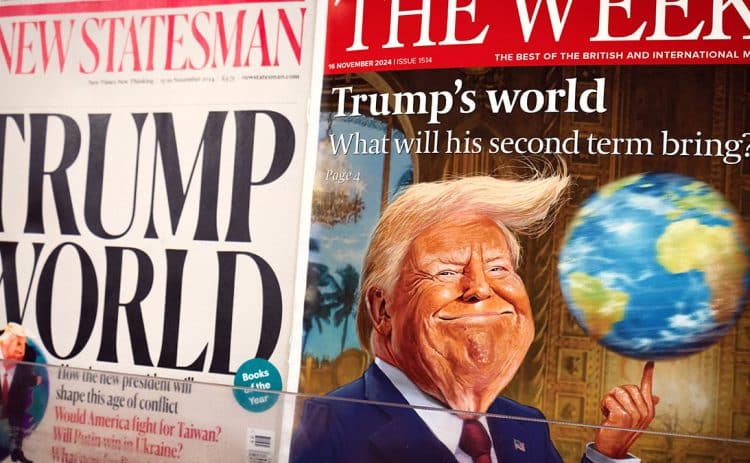
Mainstream Online Web Portal
LoginInvestors can view their accounts online via a secure web portal. After registering, you can access your account balances, periodical statements, tax statements, transaction histories and distribution statements / details.
Advisers will also have access to view their clients’ accounts online via the secure web portal.
The Point
Quick, actionable insights for investors
Australian Equities
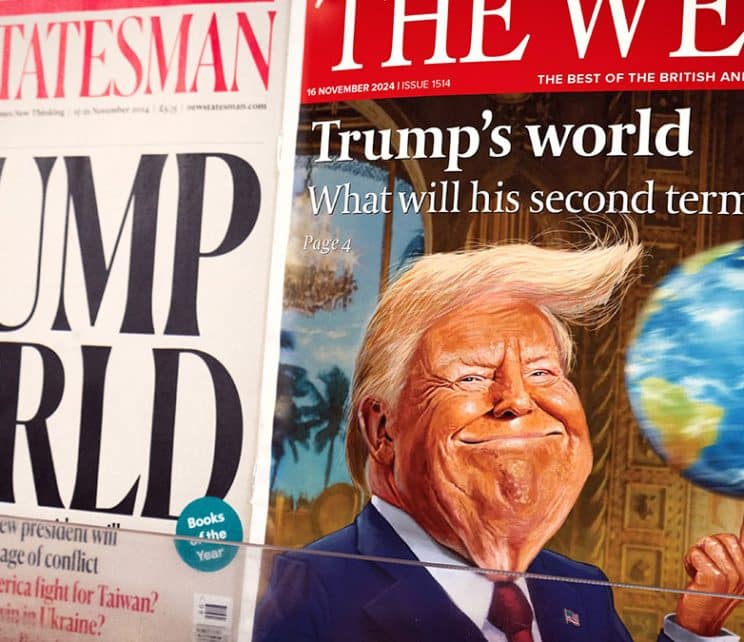
Brenton Saunders: Traditional energy sectors look like winners in a Trump world
Sweeping policy changes under a unified US Republican government signal significant shifts for investors, with traditional energy and nuclear set to benefit amid a slower path to rate cuts.
That’s the view of Brenton Saunders, who has more than 25 years of experience in resources. Brenton leads Pendal’s midcap strategy, which offers exposure to fast-growing ASX sectors.
“As a broad brush, you could see more of a reversion to traditional energy. There’s an expectation for more traditional oil and gas production, certainly in the US and the Gulf of Mexico,” he says.
“That should keep energy availability relatively elevated, which ultimately should benefit economic growth and the consumer.”
But geopolitical uncertainty means investors should be relatively conservative for now.
“Diversification is probably the most important part of the next three to six months.”

ASX mid caps: Global uncertainty calls for a balanced approach to investing
Quick view
ASX mid caps: Global uncertainty calls for a balanced approach to investing
Right now equities investors are forced to consider a complex interplay of factors when making asset allocation decisions.
“Escalation of tensions in the Middle East has had a tangible impact on energy markets, raising concerns about inflation and causing bond yields to rise,” notes Pendal mid-cap equities portfolio manager Brenton Saunders.
Strong US jobs numbers are contributing to upward pressure on yields, while there is uncertainty about China’s stimulus plans.
“This has sparked a notable rotation in Australia, with investors shifting away from large-cap financials and growth stocks towards resources and value-oriented equities,” says Brenton.
In the face of these competing forces, Brenton emphasises the importance of a balanced portfolio approach.
“Our base view is that markets will remain strong through the end of the year, as interest rates are expected to come down, albeit slightly slower than previously anticipated,” he says.
“[But] it’s important not to have big macro tilts in your portfolio and to be able to produce steady returns through any outcome.”

ASX mid caps: Opportunities amid the noise
Quick view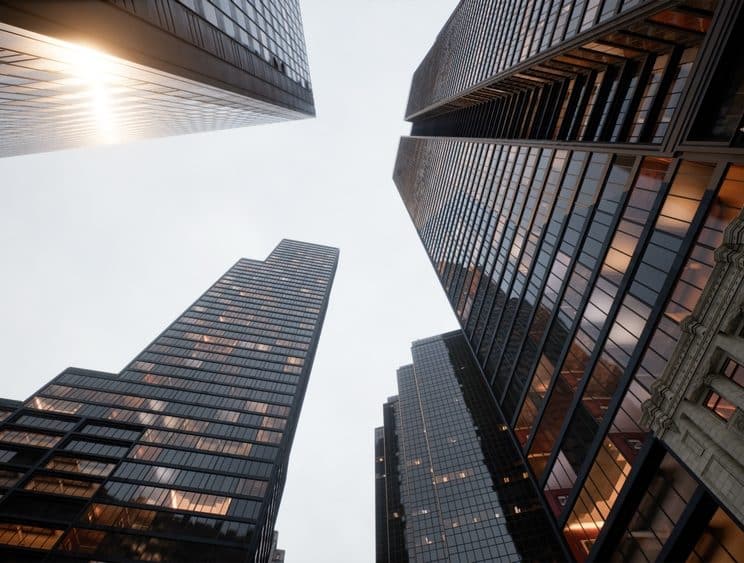
ASX mid caps: Opportunities amid the noise
“Investing in companies that will be beneficiaries of an ongoing interest rate easing cycle – real estate investment trusts being an obvious one – along with long duration, high multiple sectors, especially the growth stocks, should provide rewards,” says Brenton Saunders, portfolio manager at Pendal’s MidCap Fund.
But that doesn’t mean investors should buy into all interest rate sensitive sectors.
“Discretionary retail is still a tough one to call. Some parts of it are doing really well and others are quite challenged,” he explains.
“Some of the deeper cyclicals, whether they be industrials or resources, will probably take longer to improve in a convincing way. Commodities will depend on the efficacy of ongoing Chinese stimulus, which to date has been unconvincing.”
Read more

ASX mid caps: Keep the faith in dominant trends says Pendal’s Brenton Saunders
Quick view
ASX mid caps: Keep the faith in dominant trends says Pendal’s Brenton Saunders

Brenton Saunders: What’s driving the ASX this week?
Quick view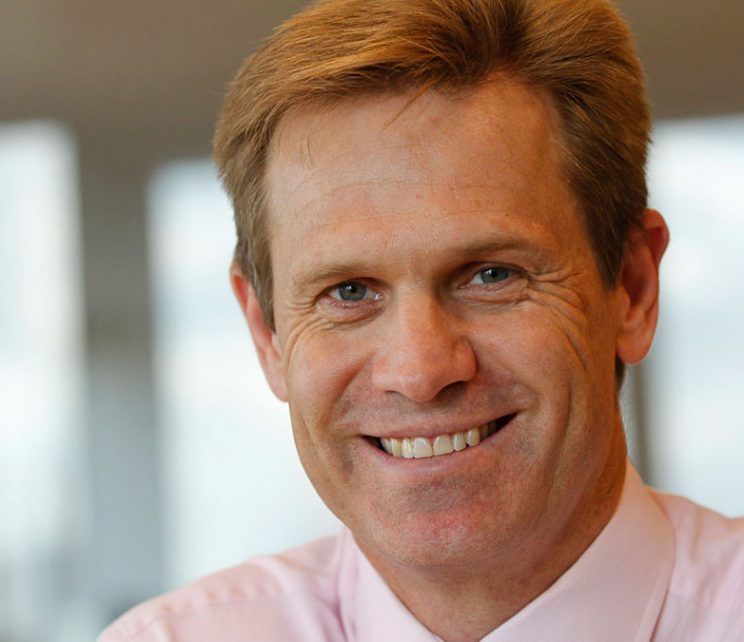
Brenton Saunders: What’s driving the ASX this week?

Brenton Saunders: Three mid-cap themes that ASX investors should consider
Quick view
Brenton Saunders: Three mid-cap themes that ASX investors should consider
Most equities investors know they need to look beyond the ASX50 get better exposure to the fastest-growing industries.
The ASX’s mid-cap space typically covers the 100 biggest companies in the ASX 50-to-150 range.
Three enduring mid-cap themes that should offer good opportunities over time are data centres; transition fuels and decarbonisation; and electric vehicles, argues Pendal PM Brenton Saunders.
“Whether we’re speaking to software-as-a-service companies or corporates, the whole notion of data migration into the cloud and trying to integrate AI into processes at a meaningful level is ubiquitous,” Brenton says. Data centre companies are an integral part of the shift.
A mismatch between the ramping up of renewable power and the decommissioning of old forms of generation also provides opportunities.
“The EV sector finds itself in pain because of over-investment in a bunch of raw materials, particularly lithium,” Brenton says. “But there is absolutely no going back on it.”

Aussie mid-caps that could benefit from India’s growth story
Pendal’s emerging markets team last week highlighted India as a growth story.
This week Pendal Aussie equities PM Brenton Saunders makes the case for a handful of Aussie mid-caps in line to benefit from India’s growth.
“India has around 1.4 billion people. It’s a democracy that’s had a number of false starts in terms of growth, political and economic reform.
“But now it’s had four or five years of achieving reform,” says Brenton, who leads Pendal’s Aussie mid-caps investing strategy.
“Sovereign wealth funds and private equity money are moving into the economy.”
On a recent research trip to India, Brenton observed rising literacy rates, improved education standards and a huge, skilled workforce.

Aussie equities: Three mid-cap themes that look promising
Quick view
Aussie equities: Three mid-cap themes that look promising
Three themes – energy, data centres and battery raw materials – provide promising opportunities in the ASX mid-cap space at the moment, argues Pendal equities PM Brenton Saunders.
In energy, short-term considerations revolve around oil prices and the geopolitical backdrop, Brenton says.
“It’s not just a function of the conflicts in Israel and Ukraine – but also how the US economy performs especially ahead of the election next year.”
Medium-term opportunities come from companies with strong positions in transition fuels such as natural gas. Longer-term opportunities are around uranium, he says.
Brenton also likes the data centre space as business demand for bandwidth and data storage grows – including via the AI theme.
“And it might be on the nose at the moment, but the demand for batteries and battery materials continues to ramp up aggressively,” he says.
“We are dealing with an oversupply of some raw materials for batteries, and of batteries themselves. But this should clear as EV penetration progresses.”

Aussie equities outlook: two questions hold the key
Quick view
Aussie equities outlook: two questions hold the key
THE fate of markets over the rest of 2023 largely depends on two questions: the outlook for rates and inflation, and the resilience of the Chinese economy.
That’s the view of Pendal PM Brenton Saunders, who manages Pendal MidCap Fund.
On inflation, markedly different outlooks in Australia and the US are leaving investors unsure where to turn, Brenton notes.
Australia is at least three-to-six months behind the US inflation cycle, he believes.
“In the US it feels like inflation has peaked and is making its way down – albeit more slowly than many had expected.
“But in Australia, we’re still seeing some fairly aggressive inflation in certain parts of the economy – mostly labour-related.”
Compounding that is a softer approach from the RBA compared to other OECD economies.
“We can realistically expect to see rates go higher and inflation remain an issue in Australia for a while.”

ASX midcaps: Unearthing the potential of mineral sands
Quick view
ASX midcaps: Unearthing the potential of mineral sands
Whether rubbing sunscreen on your face, reloading your printer ink or painting a wall at home, you’re probably consuming mineral sands.
Mineral sands are old beach, river or dune sands that contain concentrations of rutile, ilmenite, zircon and monazite.
They have a variety of uses from paint and paper through to toothpaste, sun cream and ceramics – and the biggest mineral sands producer in Australia is ASX-listed Iluka Resources.
Iluka is a holding in Pendal Midcaps Fund, which focuses on the 100 biggest companies outside the ASX50 – a good hunting ground for fast-growing sectors such mineral sands and rare earths.
“Mineral sands is a steady business that Iluka has grown up doing, says Pendal equities analyst Jack Gabb.
Iluka is now building a rare earths refinery in Western Australia which would process minerals such as neodymium and dysprosium for use in electric vehicles and clean-energy generation.
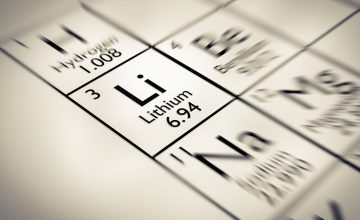
Mid-caps: Re-energised lithium price could power up ASX producers
Quick view
Mid-caps: Re-energised lithium price could power up ASX producers
Lithium prices made a sharp comeback in May after steep falls this year.
That could be good news for battery metal stocks, which are commonly found among ASX midcaps.
The price rebound – about 80% in May – should persist in coming months as an oversupply in key Chinese markets dissipates, believes Pendal’s Brenton Saunders.
“The falling lithium price was largely due to quite a significant de-stocking in China – principally in the battery part of the lithium value chain, which seems pretty close to clearing now,” says Brenton, who manages Pendal MidCaps Fund.
“That’s being driven by a step-up in demand for electric vehicles again, partly due to extended subsidies and incentive support from China’s government.”
The result is a more balanced supply chain of batteries and battery precursor materials, which has allowed prices for lithium to start to rise again.
“We expected this to happen, but it’s possibly coming through a little bit earlier than expected.”

Midcap case study: Lithium producer Allkem is well positioned for a rebound in lithium prices
Quick view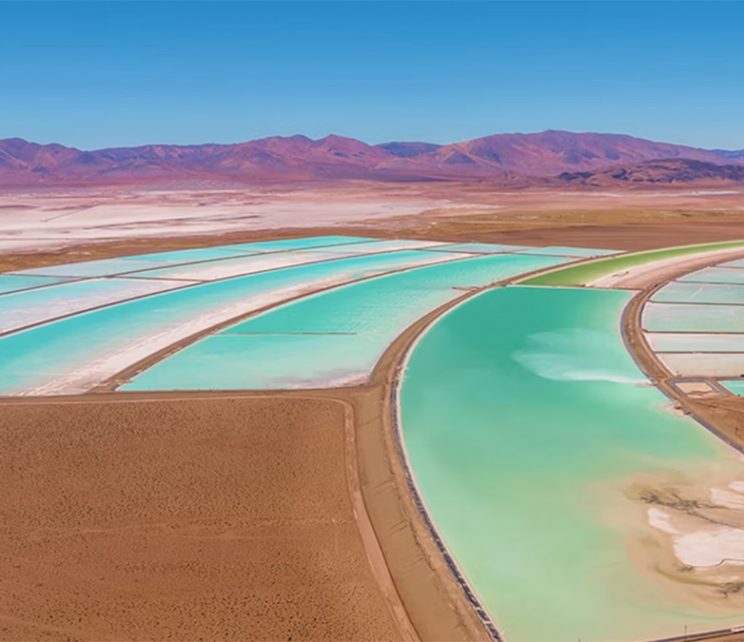
Midcap case study: Lithium producer Allkem is well positioned for a rebound in lithium prices
Among Australian mid-cap stocks, few companies get more media attention than lithium producers.
And as last week’s announced merger of ASX-listed Allkem and New York-listed Livent shows, they’re getting plenty of corporate attention as well.
What does the mooted $16 billion merger tell us about the lithium market, particularly in the wake of a price fall since late last year?
“Our view is that there is a rebound coming in lithium prices,” argues Pendal investment analyst Jack Gabb, citing higher demand for electric cars and an end to destocking in China.
Pendal holds Allkem shares in Pendal Midcap Fund and Pendal Horizon Fund.
One of Allkem’s advantages is its diversification of products, says Jack.
“It’s majority lithium carbonate but also has exposure to spodumene and lithium hydroxide. That’s all three lithium products while other producers are picking one or two.”
Loading posts...
Loading posts...













